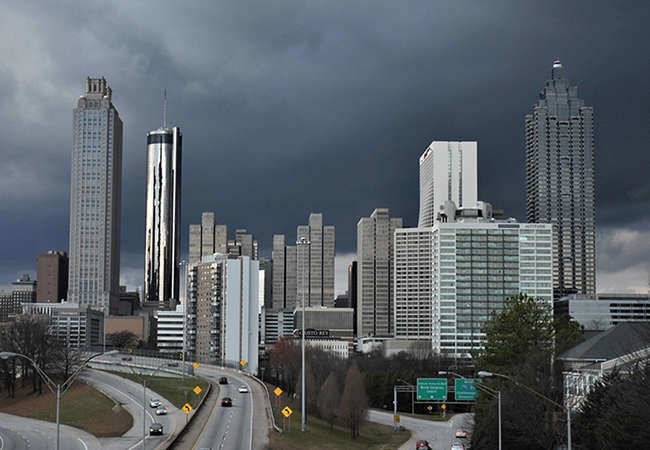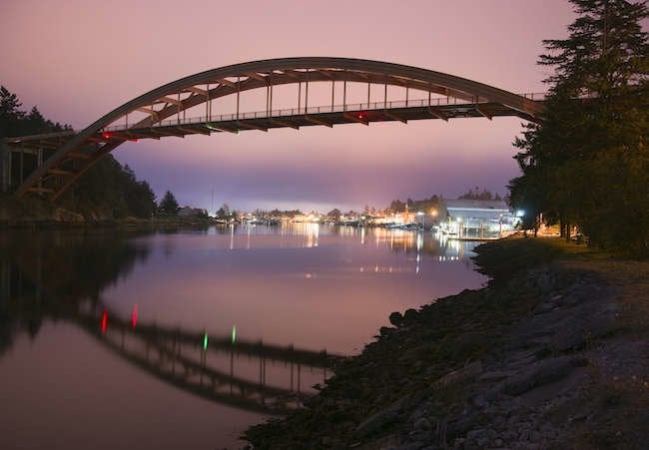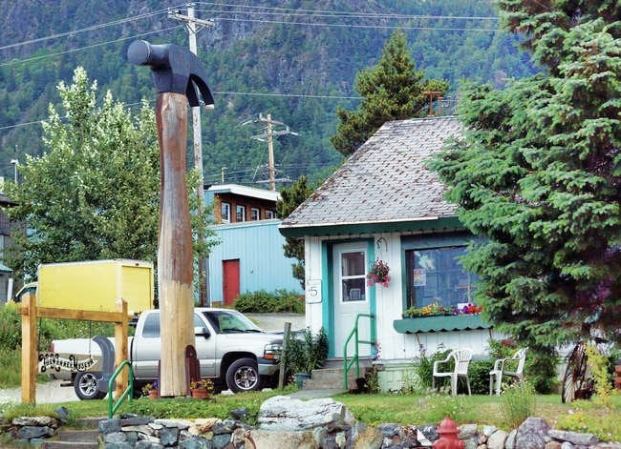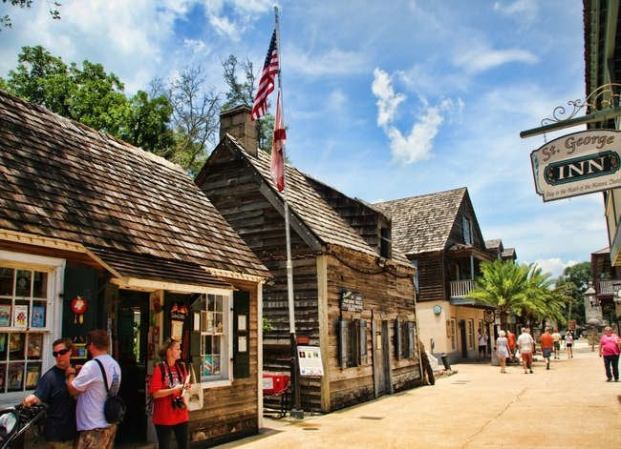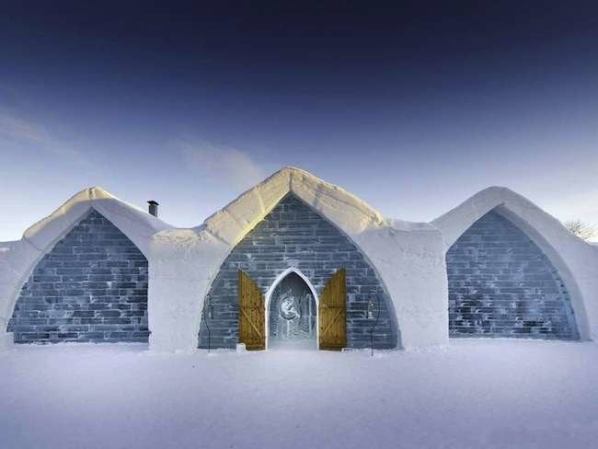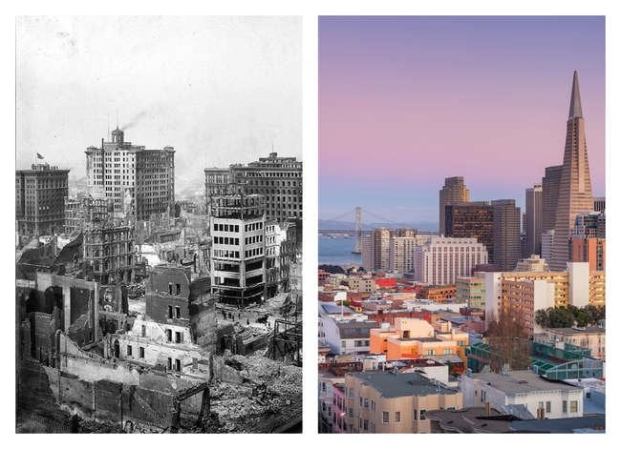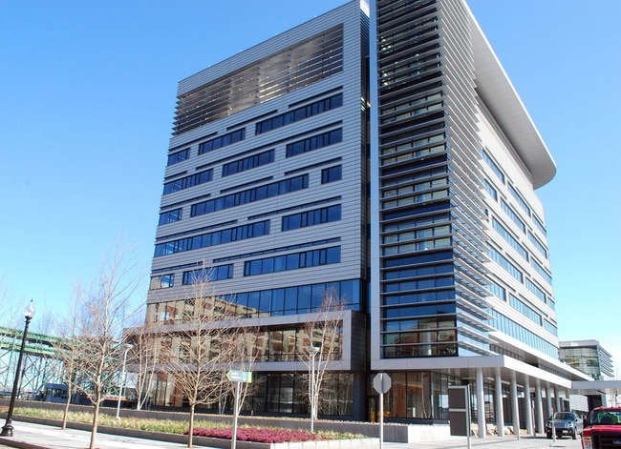We may earn revenue from the products available on this page and participate in affiliate programs. Learn More ›
Comprehending Climate Change
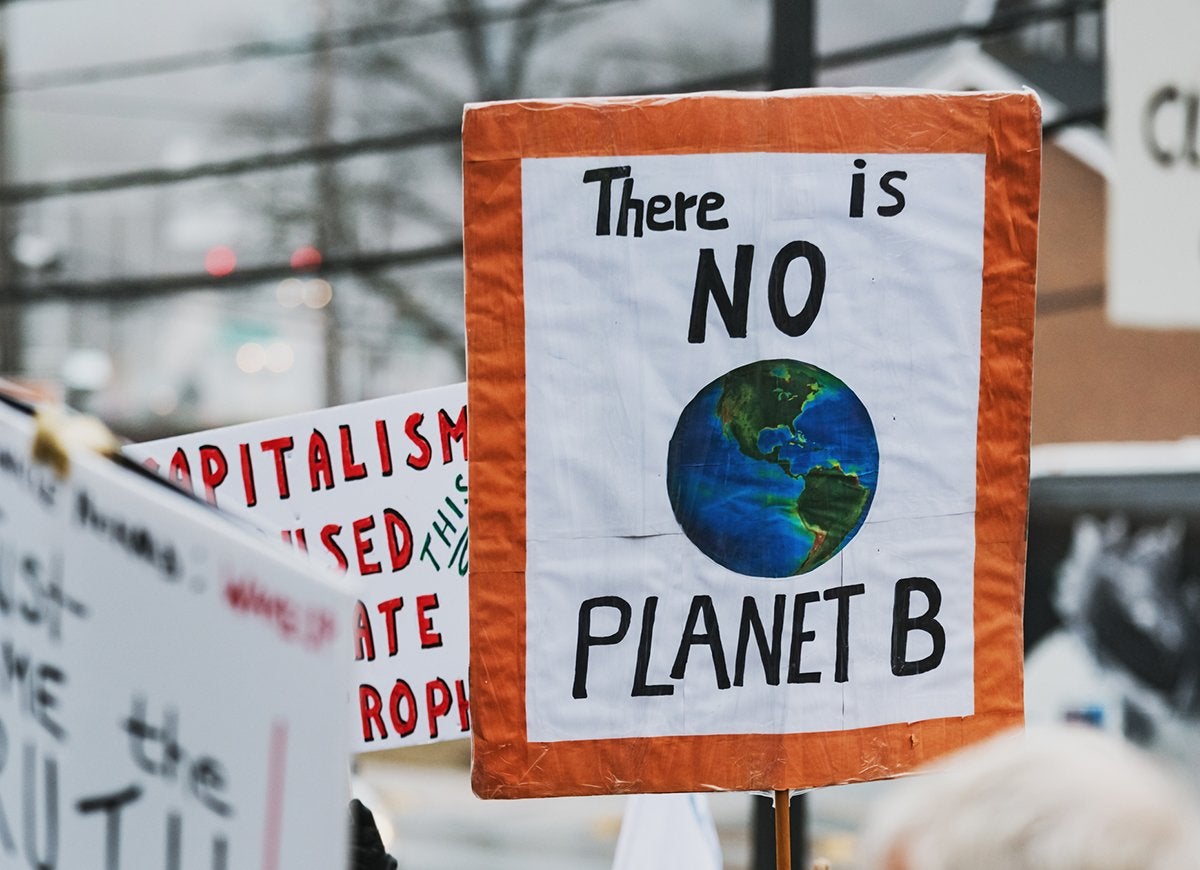
The Environmental Protection Agency defines climate change as major changes in temperature, precipitation, or wind patterns, among other effects, that occur over several decades or longer; and its primary cause, global warming, as the recent and ongoing rise in global average temperature near the earth’s surface, resulting from increasing concentrations of greenhouse gases in the atmosphere. That’s pretty dry language for the potentially devastating situation we currently face, impacting water supplies, agriculture, power and transportation systems, the natural environment, and the health and safety of human beings worldwide. Although the entire planet is being pummeled by climate change, the crisis is effecting some places worse than others—and sadly, some of Americas greatest cities are most vulnerable.
Phoenix, AZ
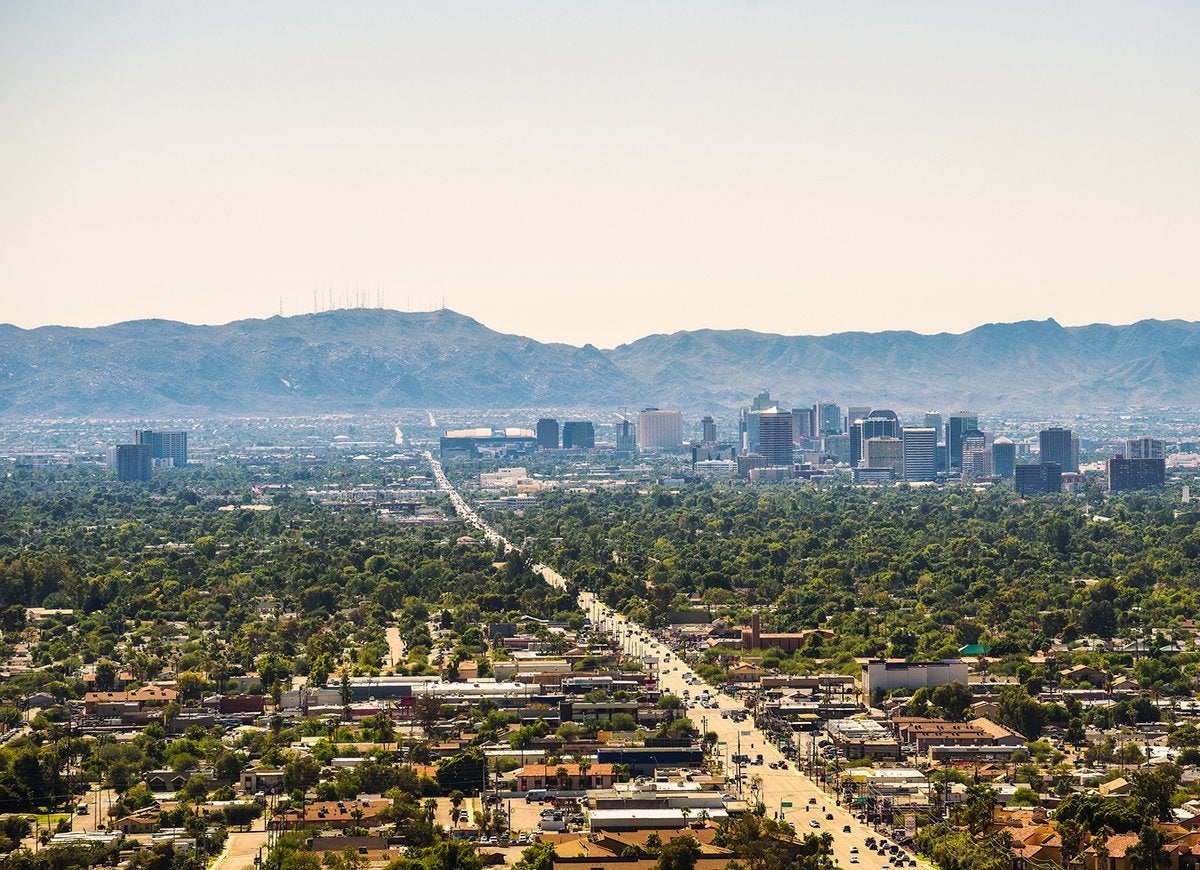
This southwest desert metropolis is one of the fastest-warming big cities in the nation. By 2050, the average number of 100°F days is expected to hit more than 132 a year, with summer weather rising three to five degrees from what it is now. The city is also bound to suffer significant drought, due to the withering of the Colorado River and a predicted 3.2 million-acre-foot water shortfall by 2060.
Detroit, MI
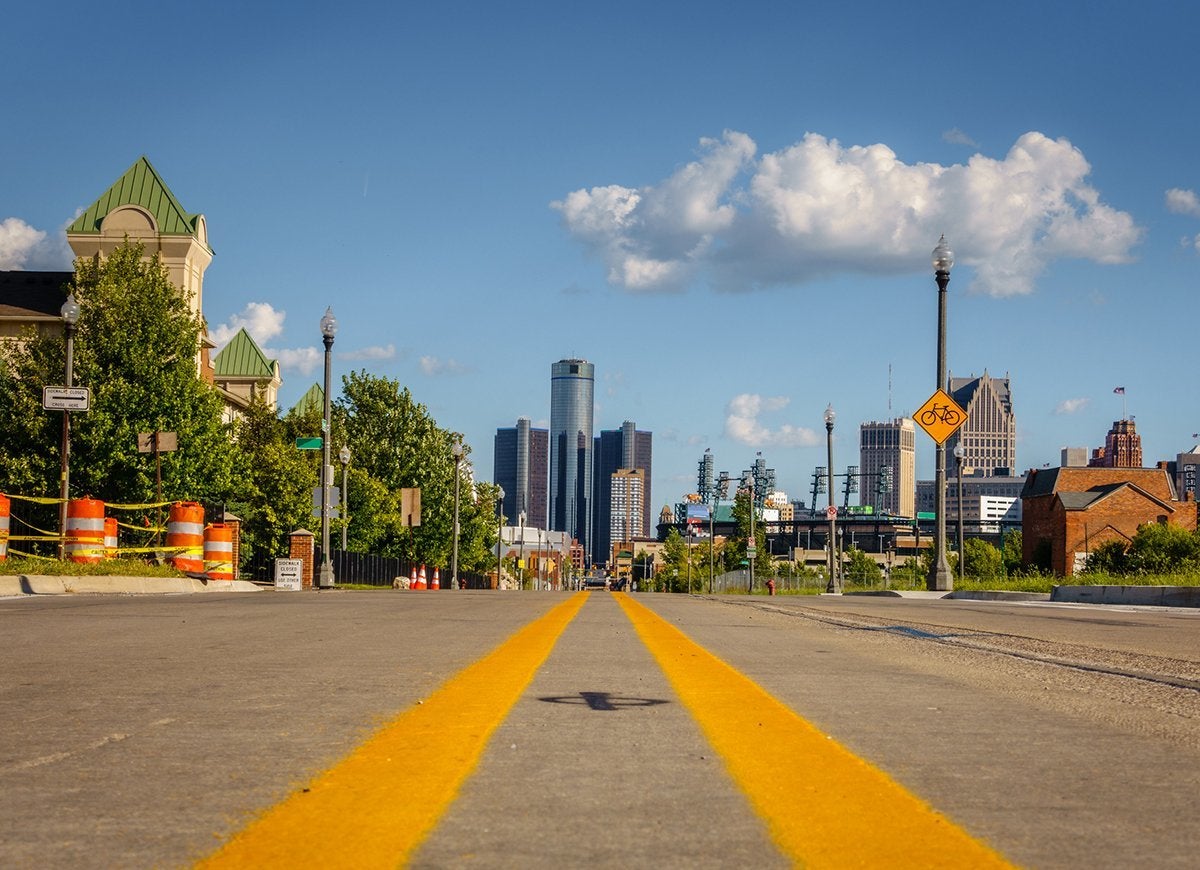
Much hotter summers are in store for Michigan and its largest metropolis, where scientists estimate temperatures will exceed 90°F for 65 days a year, and topping 100°F for 23 of them, by 2100. Dangerously wetter weather is also predicted, with rainfall potentially increasing by 25 percent by the end of the century, threatening the Motor City’s aging storm water systems and causing sewage overflows into the Detroit River and Lake Erie.
San Francisco, CA
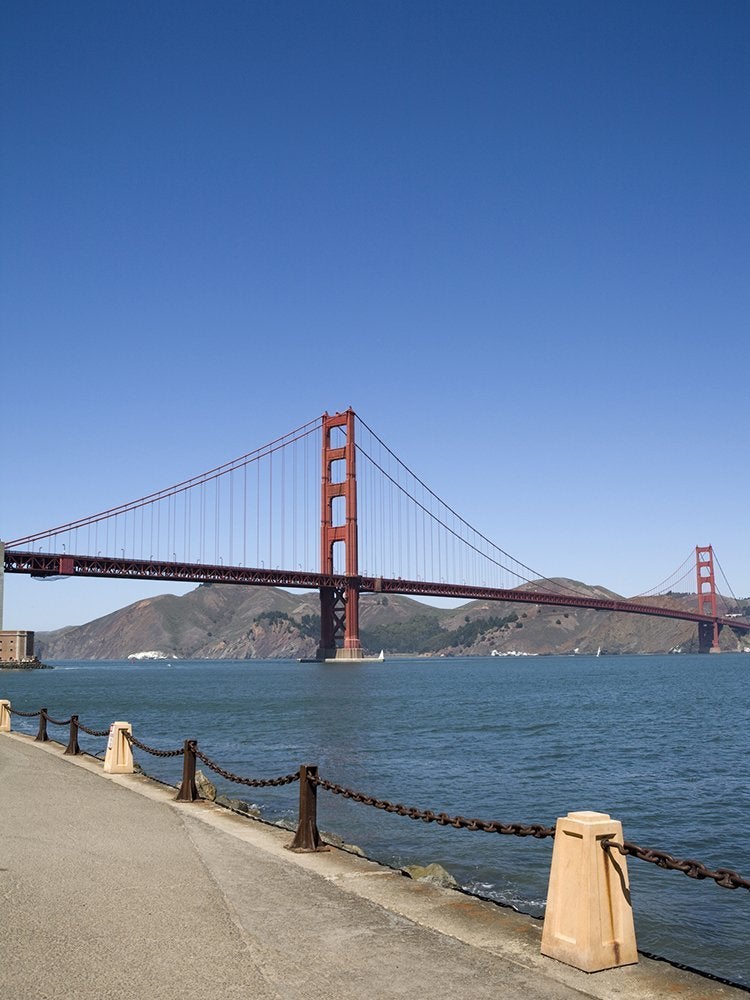
Estimates point to the Bay Area sea level rising up to four feet before the end of the century. In terms of increasing temperature, research at Stanford University’s Carnegie Institution of Science projects that the city could be as hot as San Diego, some 500 miles to the south, in 100 years.
Chicago, IL
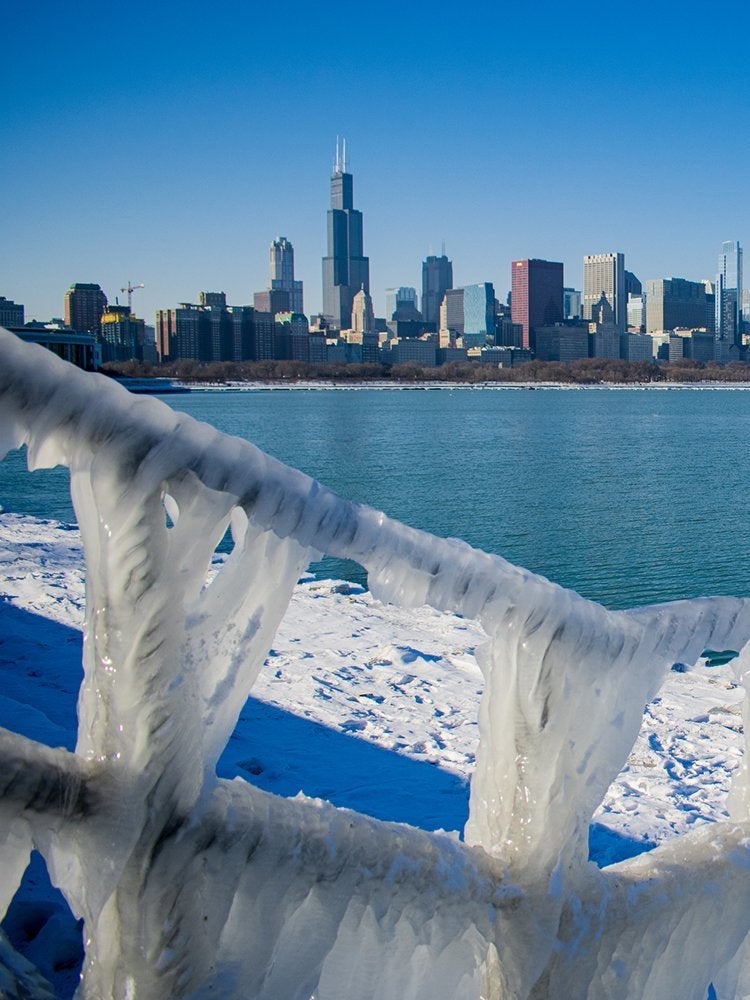
The Windy City indeed: Experts are concerned that if current trends continue, tornado touchdowns may become more frequent near the densely populated metropolitan area and its suburbs. And as the Arctic warms up rapidly, disrupting both the polar vortex and the polar jet stream, ultra-cold air from the Arctic Circle is moving south to wallop Chicago with even longer, more frigid winters.
Boston, MA
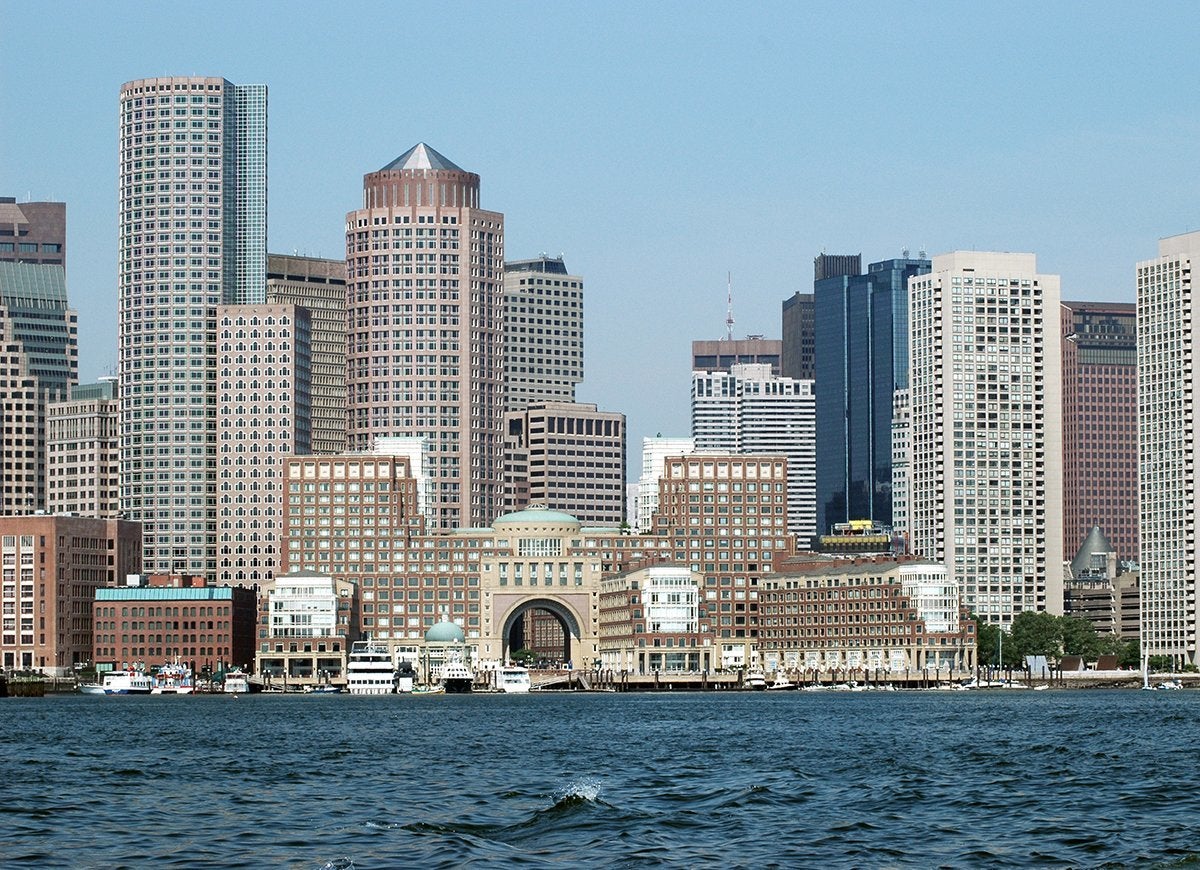
Ranked the eighth most flood-vulnerable city in the world by the Organization for Economic Cooperation and Development, Boston—in large part built on low-lying landfill—is in jeopardy. The pace of sea-level rise is expected to triple, adding eight inches over 2000 levels by 2030, according to the city’s own study. And by 2070, Bostonians are likely to sweat through an entire summer of 90°F days.
Miami, FL
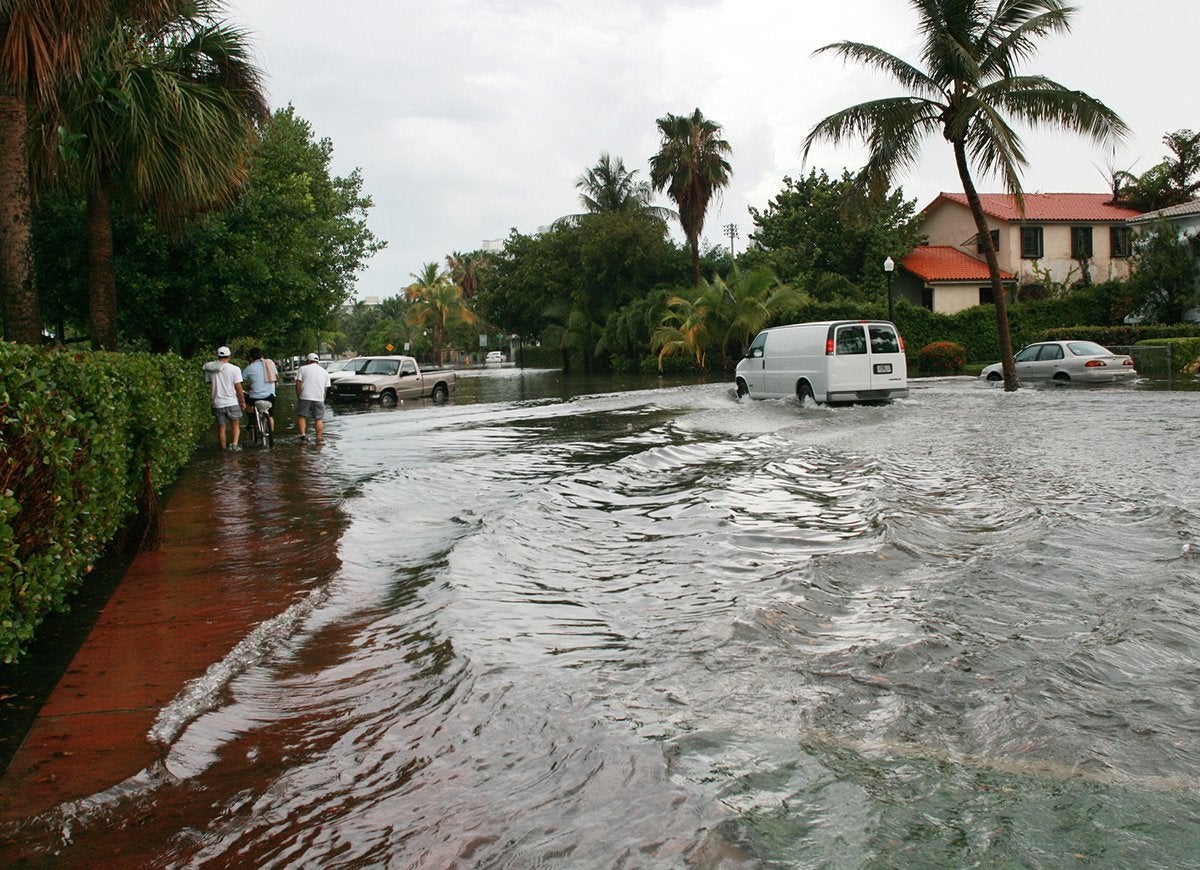
Experts have dubbed Miami ground zero for the onslaught of climate change, sea level rise, and frequent flooding. Climate Central reports that the city will wilt under at least 100 “danger days” (when heat and humidity combine for a heat index of 105°F or higher) annually by 2050. By 2070, Miami streets could flood on a daily basis according to the National Oceanic and Atmospheric Administration (NOAA), and if sea levels rise by almost six feet by 2100, as predicted, 2.5 million Miamians may be forced to flee the city.
New York, NY
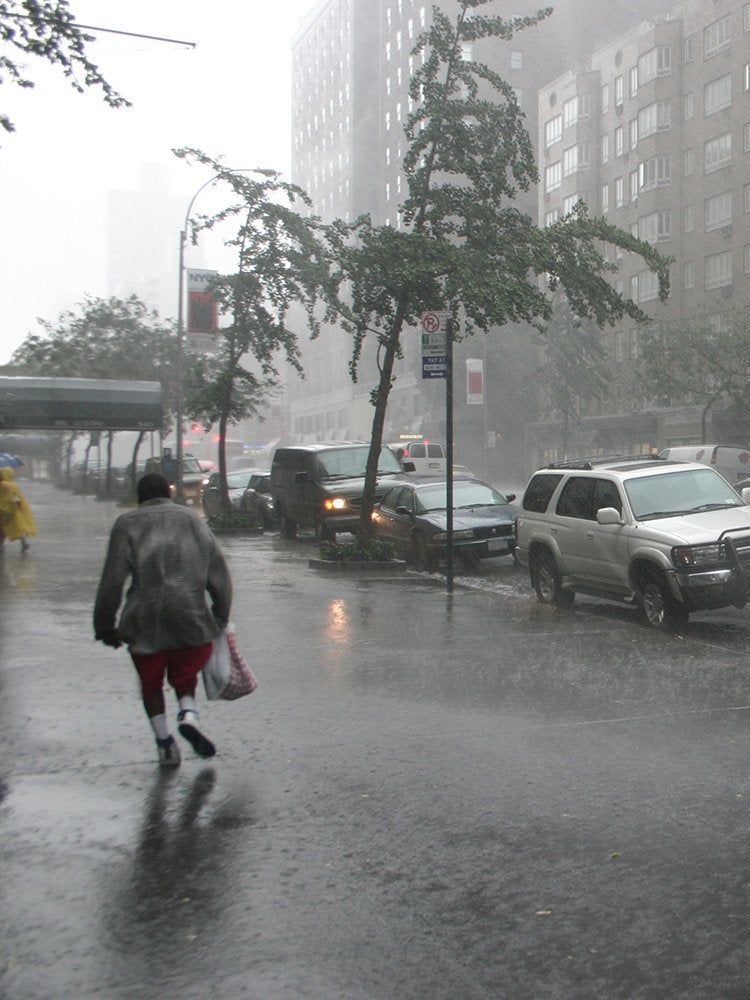
The Big Apple could suffer up to 31 90°F+ days this year, and nearly two months’ worth of of 90°F+ days by 2050, according to the Special Initiative for Rebuilding and Resiliency (SIRR) report. And the city that never sleeps had better learn to swim: Already ravaged by Hurricane Sandy in 2012, to the tune of $20 billion in damages, chances that a 100-year flood will hit downtown Manhattan will almost double this year, according to SIRR projections; by 2050, the chances will increase fivefold.
San Diego, CA
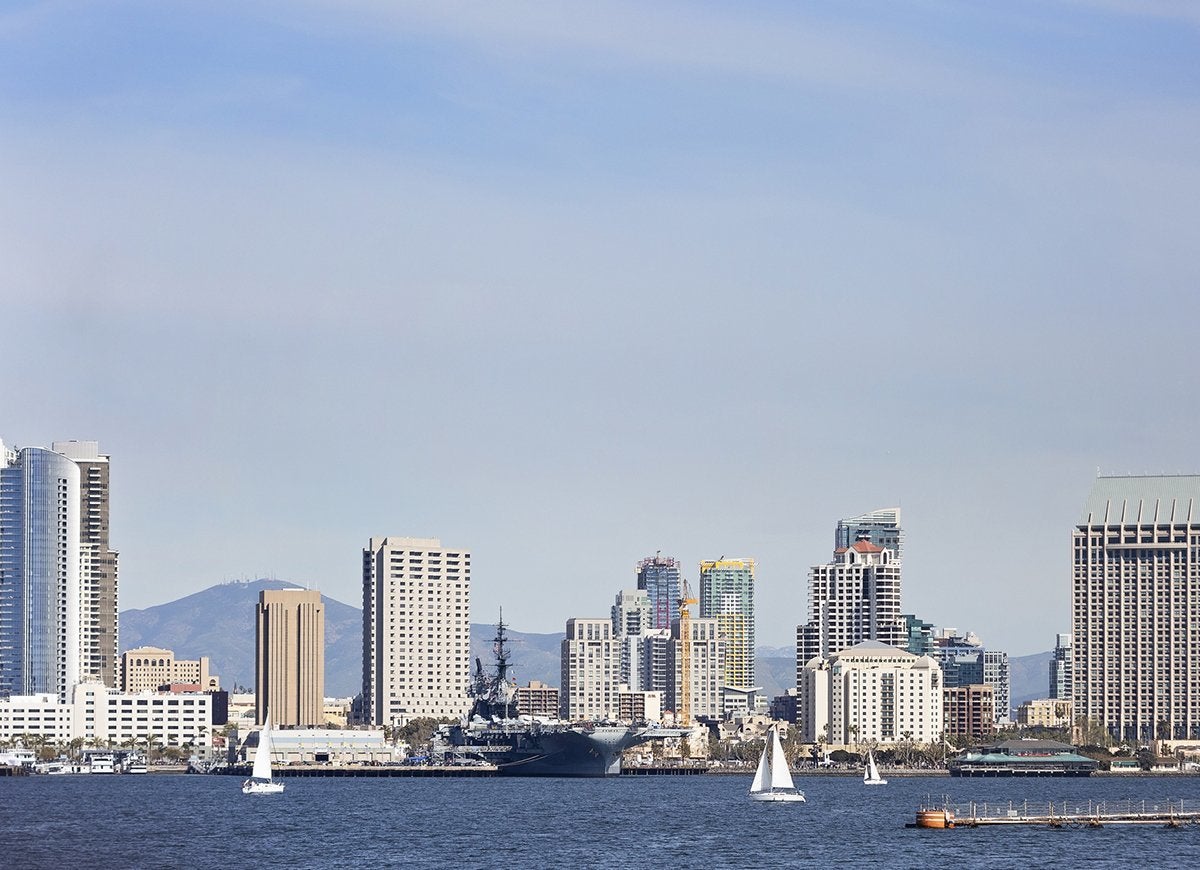
By 2050, San Diego is expected to have seven times as many days of extreme heat than the average prior to 2000, according to the San Diego Foundation. In addition to a projected annual average temperature increase of 4.8°F, rainy days are expected to decrease 16 percent, and runoff/stream flow to decrease by 12 percent. Also by mid-century, San Diego may experience up to two feet of sea level rise.
Seattle, WA
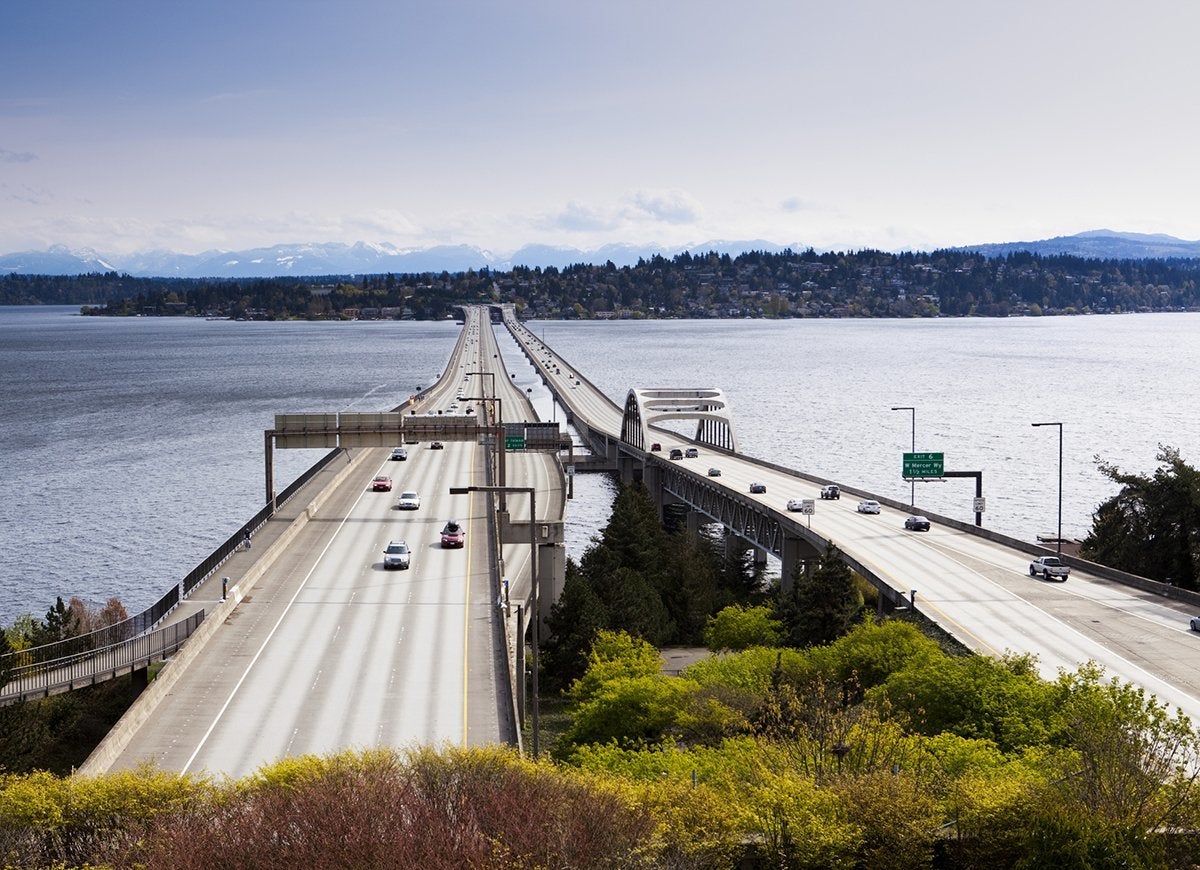
This drizzle-soaked city on the Puget Sound is only getting wetter, with increasingly severe 24-hour rain events, currently rare in the region, projected to intensify by about 20 percent by the 2080s, and flooding to worsen, according to a University of Washington climate assessment. The study also found reason to expect increases in the frequency and duration of extreme heat and a longer frost-free season.
Houston, TX
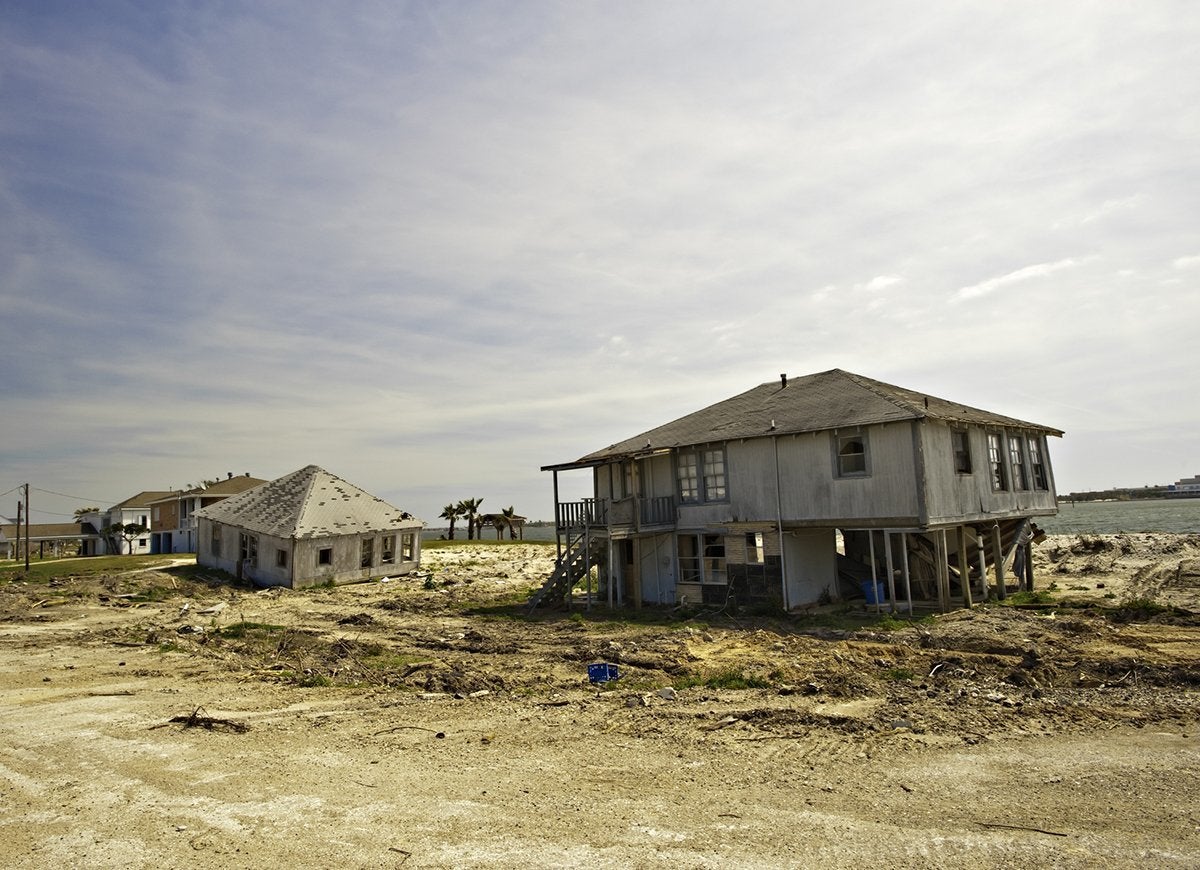
Houston is bracing for another savage storm like Hurricane Ike, which caused $34 billion in damage and killed 112 people in 2008. And due to the city’s reliance on the oil industry, an anticipated storm surge along the Ship Channel could cause crude oil and chemical substances to swamp residential neighborhoods. Houston is also getting hotter: By 2080, the city will feel more like current conditions in Ciudad Mante, Mexico—where it’s 15.5°F hotter and 84.3 percent drier in winter, according to a University of Maryland study.
Charleston, SC
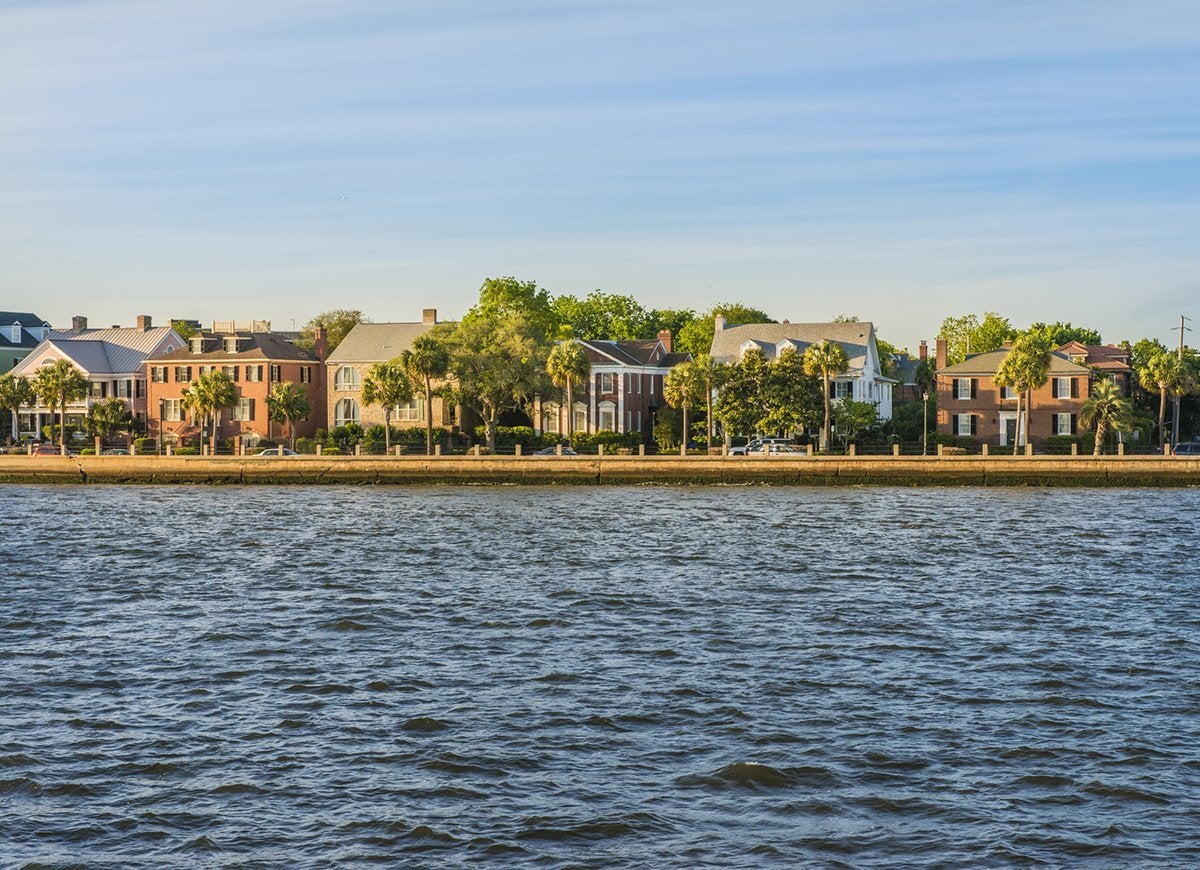
Rising about an inch every two years, with high tides already flooding the edges of the city, sea levels off the coast of Charleston will increase by at least another two feet by 2100, according to NOAA. Charleston is also likely to swelter through an additional 30 days of temperatures higher than 95°F by 2070.
New Orleans, LA
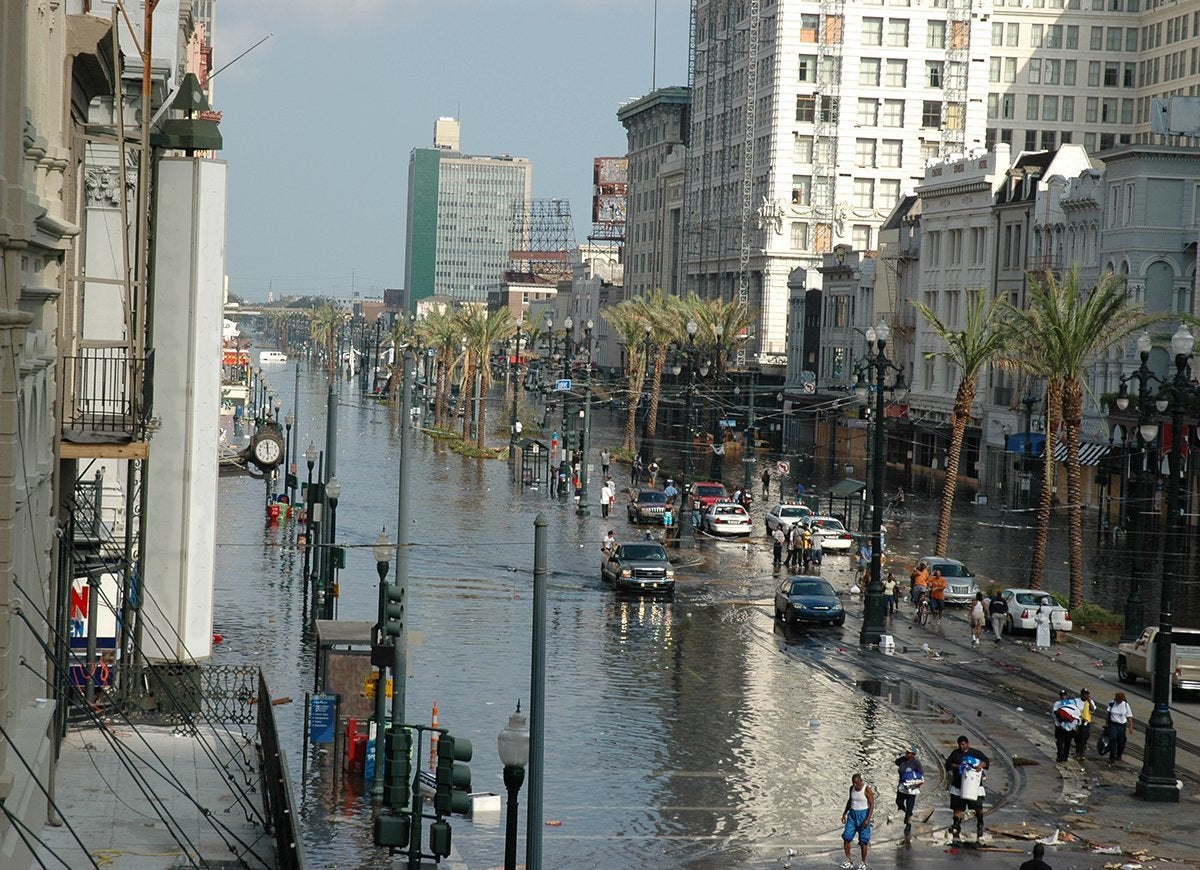
Total sea level increases in the Gulf of Mexico could be as much as 4.6 feet by 2100, likely to have severe flooding repercussions for a city that’s already below sea level. But scientists fear that the bigger threat to the Crescent City is a devastating tropical storm along the lines of Hurricane Katrina, which hit in 2005 and left a staggering $125 billion in damages in its wake.
Atlantic City, NJ
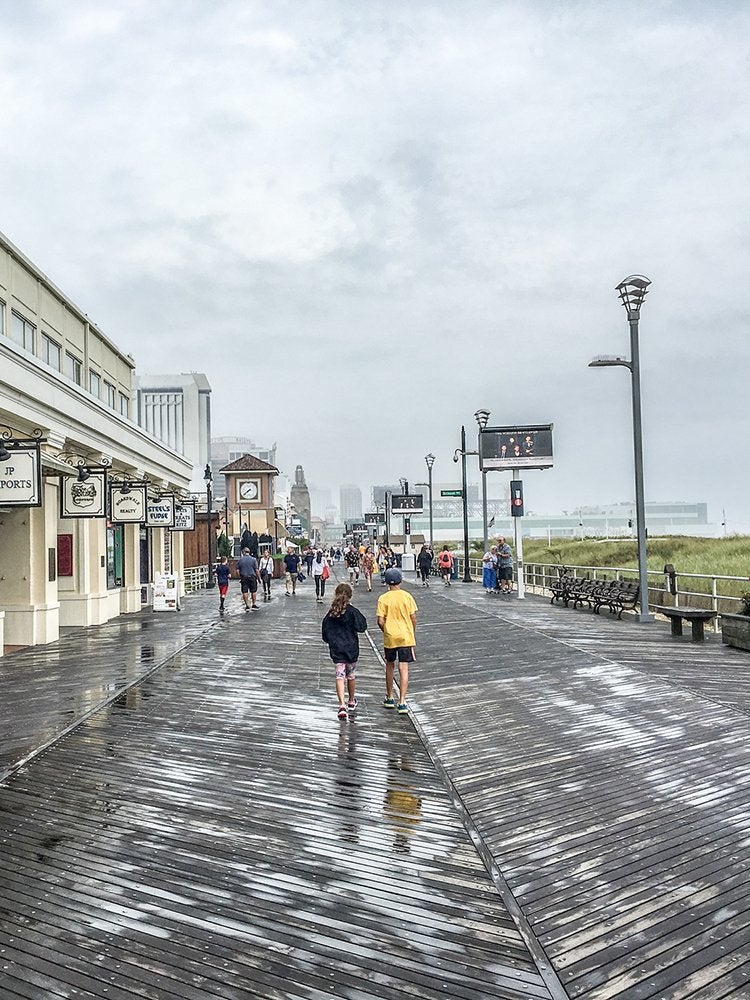
Bet on it: Atlantic City is destined to drown. High tides now reach more than a foot higher than they did a century ago and sea level rise is accelerating. The city already experiences some 24 flooding experiences annually, and floods that formerly only lapped the sidewalks are now sluicing water into residents’ houses. In fact, Climate Central reports that by 2050, 33 percent of Atlantic City homes could be flooded in a given year.
Atlanta, GA
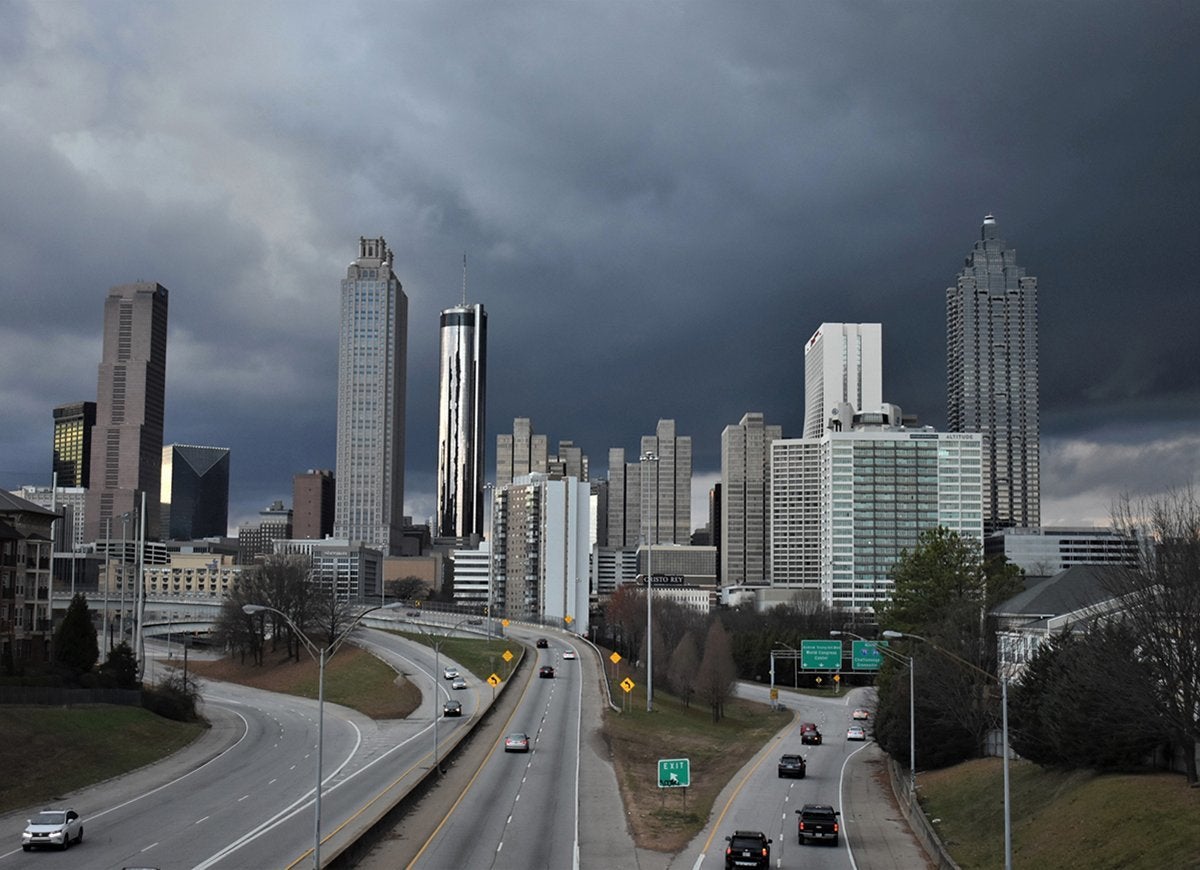
By the 2080s, the average Atlanta summer day will likely be 96°F, with extreme temps peaking at a miserable 115°F. Plus, a double whammy of wet and dry conditions is predicted to ravage the the region, with thunderstorms, tornadoes, and hurricanes seesawing with severe drought.
Honolulu, HI

If sea levels rise by six feet by 2100, Honolulu’s celebrated shoreline would be almost a full mile inland of where it is now, according to a report commissioned by Hawaii Tourism Authority. And while Hawaii’s cold waters and wind patterns tended to shield it from tropical storms, Climate Central reports that in a warming world, that natural protection is diminishing.

